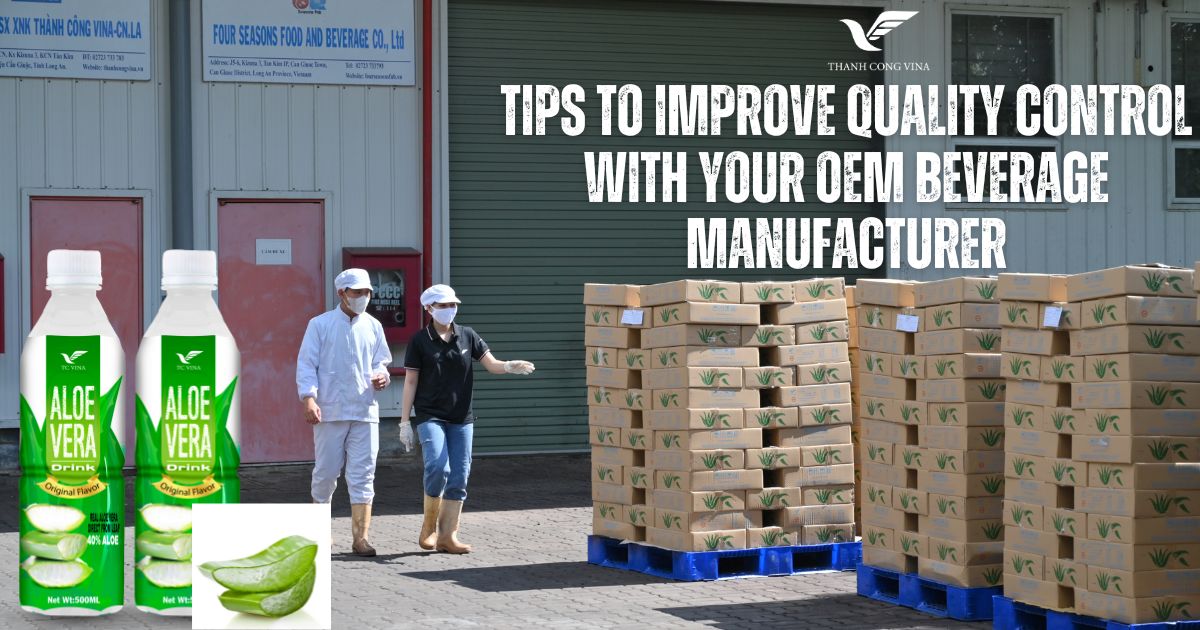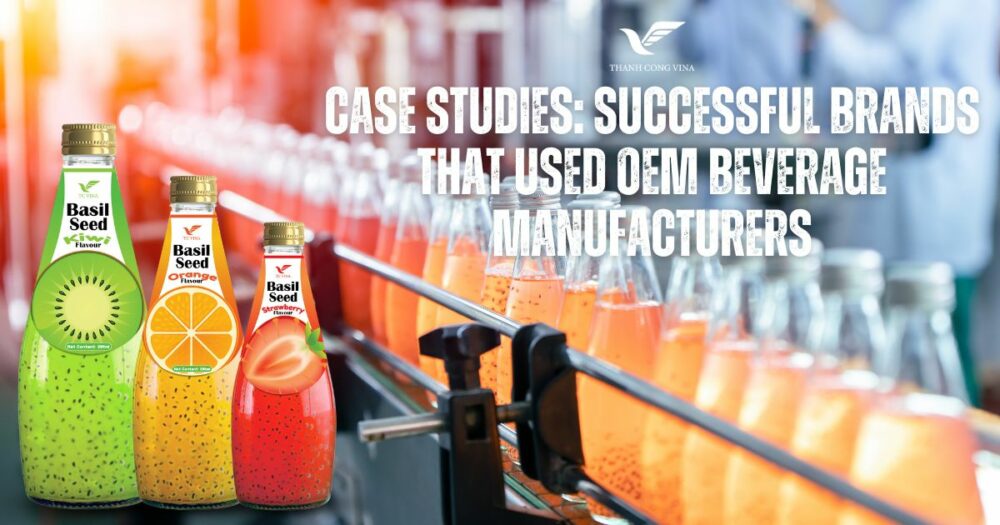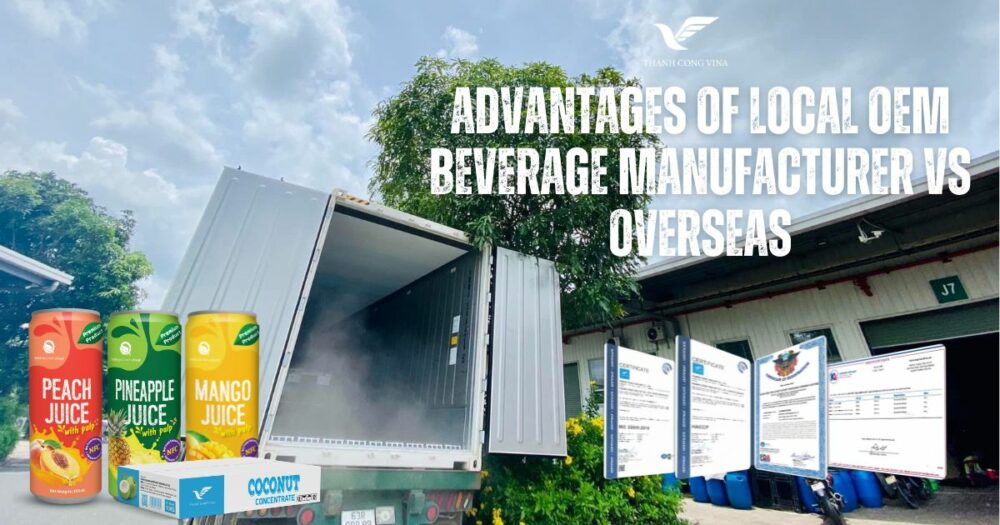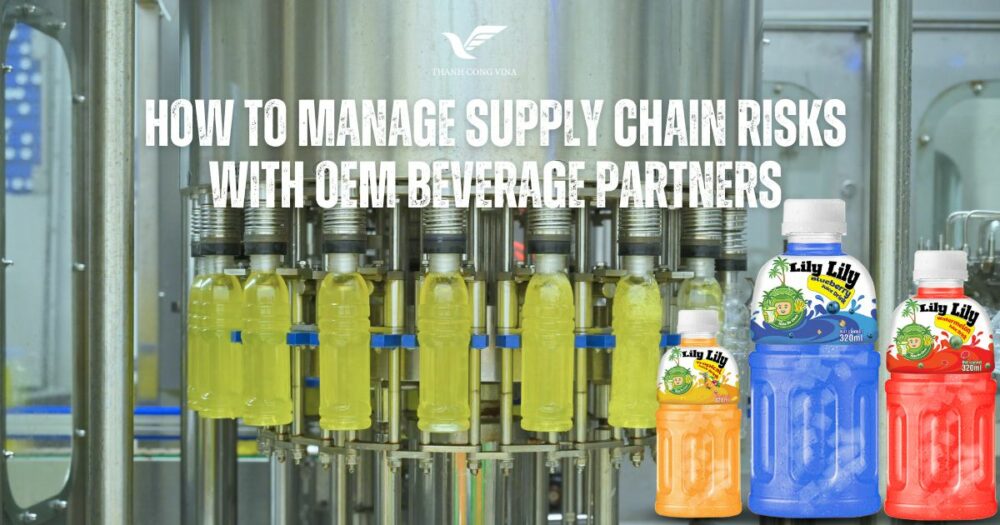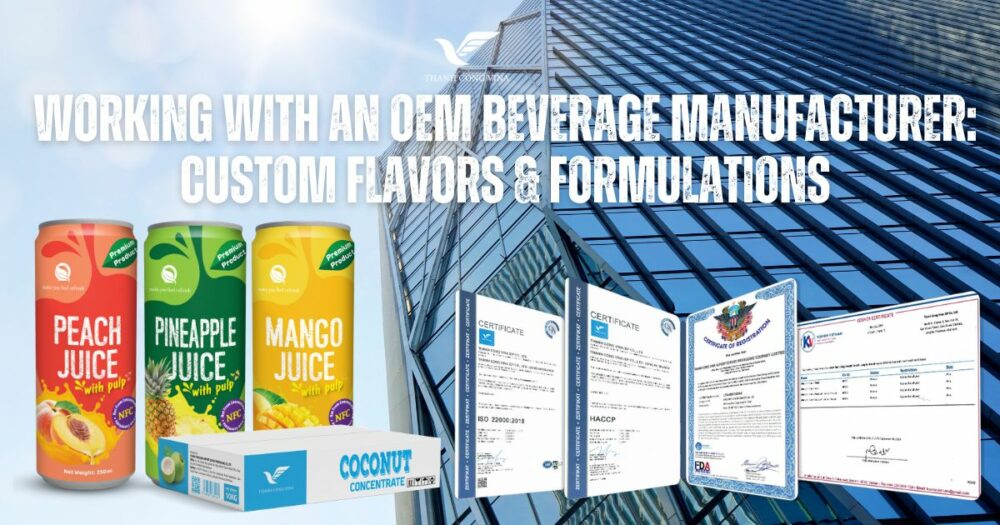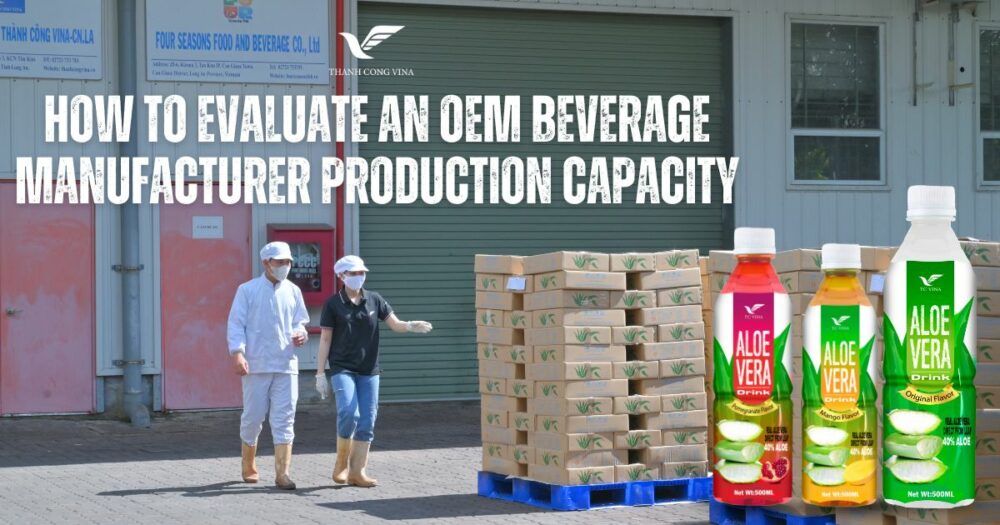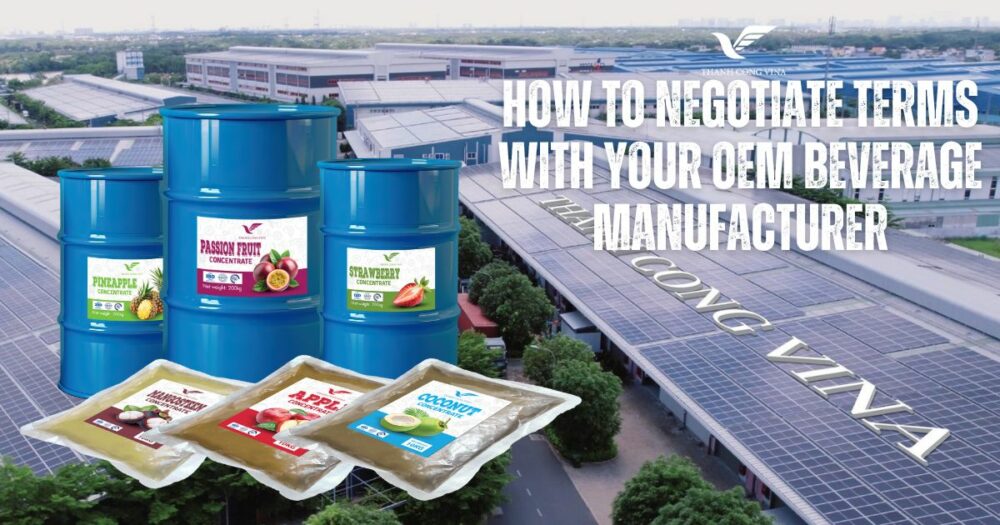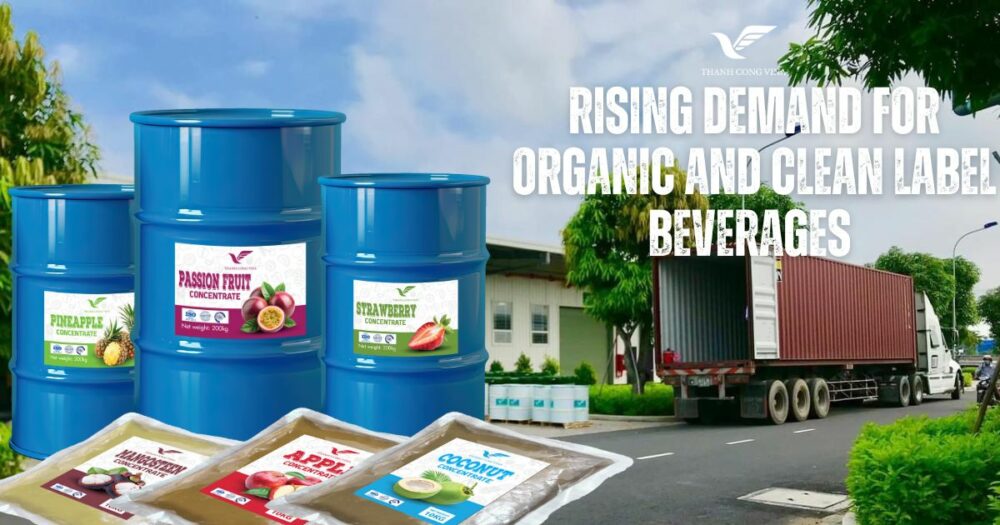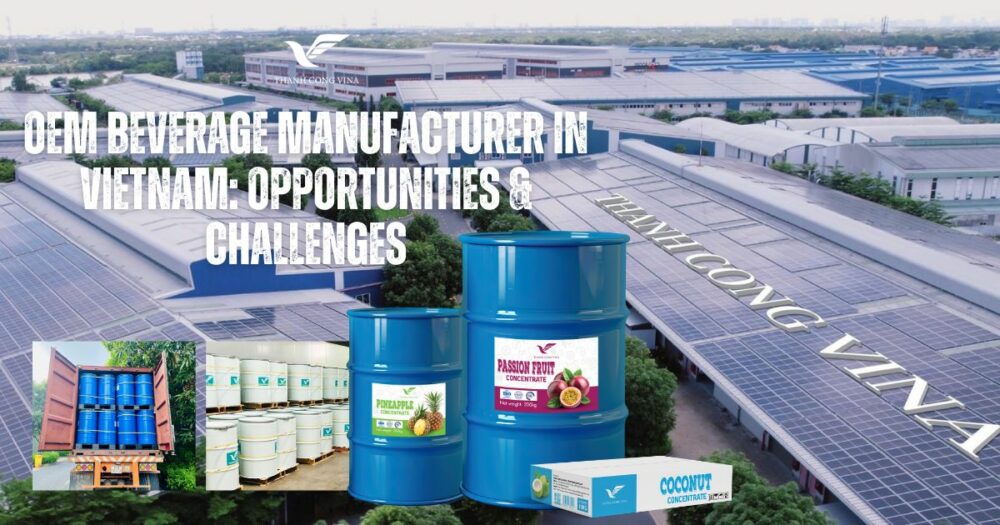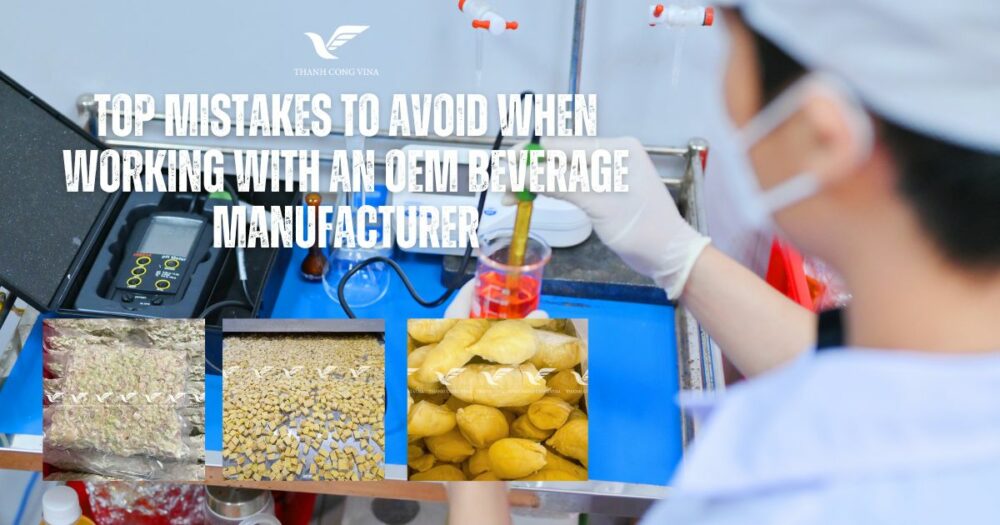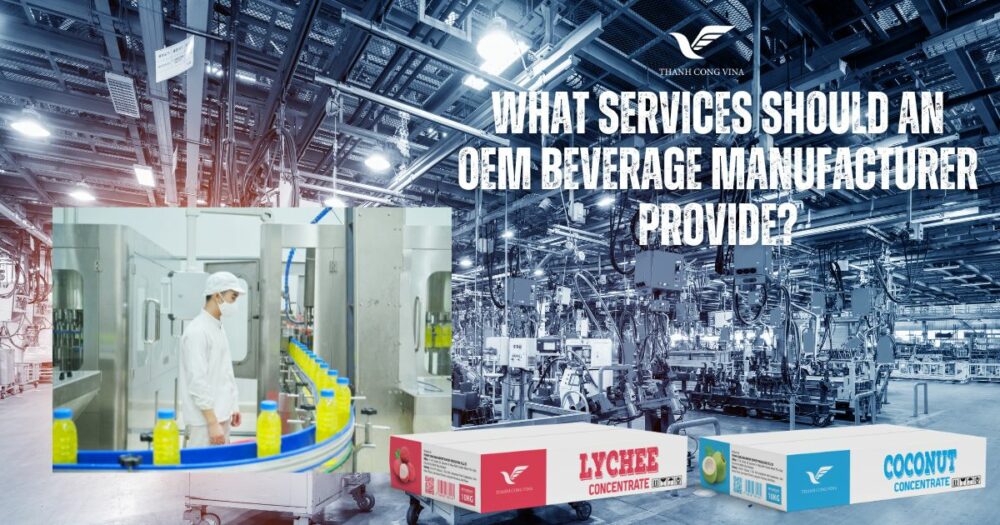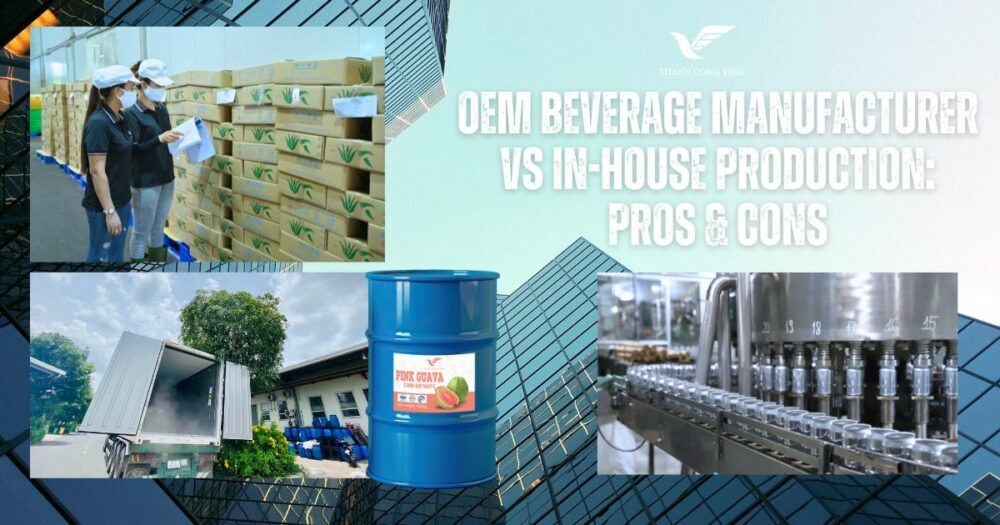In the fast-evolving beverage industry, working with an OEM Beverage Manufacturer can be an efficient way to bring innovative drink products to market quickly and at scale. However, ensuring consistent quality across every production batch is crucial to maintaining brand reputation and customer satisfaction. Effective quality control is not just about testing the final product; it begins with ingredient sourcing, continues through production monitoring, and extends to packaging and logistics. Brands that master this process gain a competitive advantage and build long-term trust with consumers.
This article explores practical and strategic tips to help you strengthen quality control when collaborating with your OEM Beverage Manufacturer — from setting clear specifications and auditing facilities to using advanced technology and communication systems. Whether you are launching a new juice line or expanding your beverage portfolio, these insights will help ensure your products meet the highest standards.
1. Understand the Role of Quality Control in OEM Beverage Production
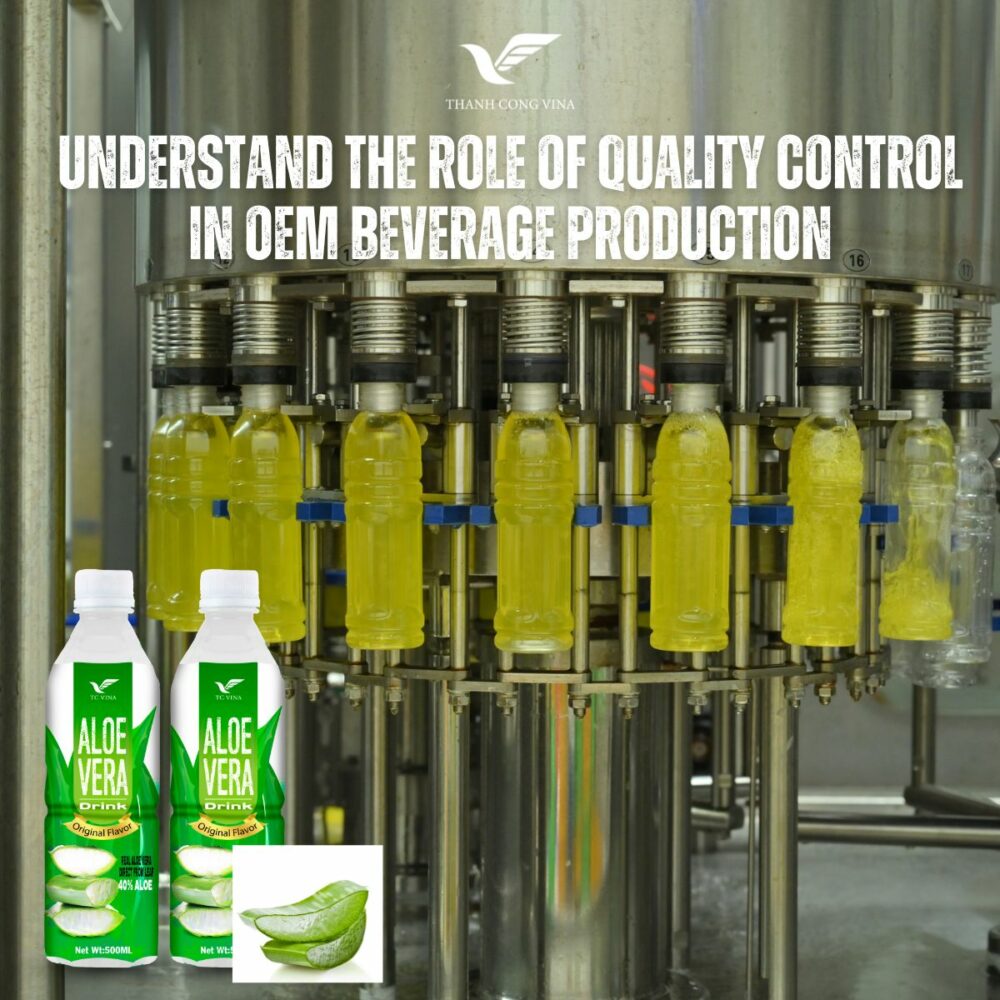
Understand the Role of Quality Control in OEM Beverage Manufacturer Production
Quality control in OEM beverage manufacturing is more than a simple checkpoint — it’s a comprehensive framework that guarantees product safety, consistency, and compliance with international standards. A reputable OEM Beverage Manufacturer follows strict quality assurance (QA) and quality control (QC) systems that cover every production stage, including raw material inspection, mixing and filling processes, sterilization, and final packaging.
To maintain brand integrity, both the client and the manufacturer should agree on measurable quality indicators. These may include pH levels, Brix (sugar concentration), microbiological safety, flavor consistency, and packaging durability. Establishing these benchmarks early helps avoid disputes and ensures every product batch aligns with your brand’s quality expectations.
Furthermore, beverage brands should request documentation such as HACCP, ISO, or HALAL certifications from their OEM partners.
These certifications demonstrate compliance with global food safety systems and confirm that the manufacturing process is audited by third-party organizations. Understanding these standards enables you to identify potential weaknesses in your partner’s quality control system and take corrective actions before issues escalate.
2. Set Clear Product Specifications and Standard Operating Procedures (SOPs)
One of the most effective ways to improve quality control is to establish detailed product specifications and Standard Operating Procedures (SOPs). This includes clear guidelines for raw materials, flavoring, sweetness, color, viscosity, and shelf life. Every specification should be documented, agreed upon, and reviewed regularly between your team and the OEM Beverage Manufacturer.
Precise specifications serve as a “blueprint” that ensures consistent product quality regardless of batch size or production frequency. For example, if you’re producing mango juice, your SOP should define acceptable variations in color, taste, pulp ratio, and aroma. This eliminates confusion among production staff and minimizes the risk of human error.
Additionally, it’s beneficial to collaborate on a detailed Quality Assurance Agreement (QAA). This document outlines each party’s responsibilities regarding ingredient sourcing, testing frequency, storage conditions, and defect management. When properly implemented, SOPs and QAAs not only safeguard quality but also create accountability within the supply chain, ensuring your beverage brand maintains reliability in every market.
3. Audit Your OEM Partner’s Facilities and Processes Regularly
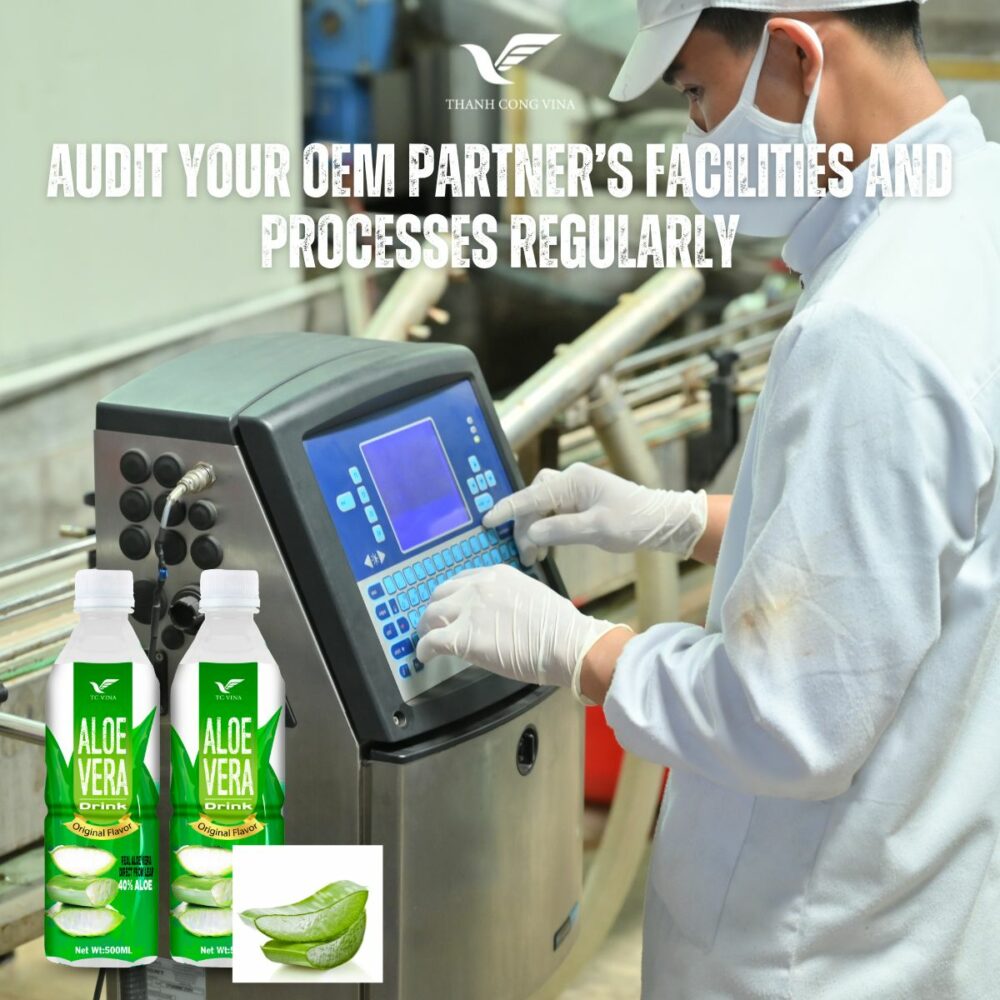
Audit Your OEM Partner’s Facilities and Processes Regularly
Routine auditing is a cornerstone of effective quality control. Even if your OEM Beverage Manufacturer has the best certifications, periodic audits help verify compliance and uncover hidden issues that may affect production quality. Audits can be internal (conducted by your brand’s quality team) or external (performed by independent auditors).
During an audit, focus on key areas such as hygiene standards, machinery calibration, raw material storage, and traceability systems. Check whether cleaning and sanitization records are up-to-date and whether production staff follow established procedures. Proper documentation is essential — every step, from ingredient reception to product dispatch, should be traceable.
In addition, you can conduct mock recalls to test the manufacturer’s ability to respond to potential product issues. This proactive approach ensures both sides are prepared for any food safety incidents. A transparent and cooperative auditing process strengthens the partnership and helps build a foundation of trust between your brand and the manufacturer.
If possible, combine on-site audits with digital inspections using cameras or remote monitoring systems, especially for long-term partnerships. This hybrid model provides real-time visibility into operations, helping you identify and address quality issues instantly.
4. Implement Advanced Testing and Monitoring Technologies
Technology plays a transformative role in enhancing beverage quality control. Modern OEM Beverage Manufacturers increasingly adopt automated monitoring systems, Internet of Things (IoT) devices, and data analytics tools to detect inconsistencies during production. By integrating these technologies, brands can minimize errors, improve traceability, and maintain uniformity in flavor, color, and texture.
For example, automated sensors can measure Brix, pH, and temperature in real time, ensuring precise control over formulation and pasteurization. High-speed cameras and AI-based inspection systems can detect bottle defects or label misalignment instantly, preventing defective products from reaching the market.
Additionally, microbiological and chemical analysis can be enhanced through advanced laboratory equipment like HPLC (High-Performance Liquid Chromatography) or spectrophotometers. These methods ensure that the product meets not only sensory expectations but also regulatory safety standards.
The data collected from these systems can be integrated into a centralized quality management software. This allows your team to monitor performance trends, detect deviations, and make data-driven improvements over time. Leveraging technology not only boosts efficiency but also enhances transparency, giving both your brand and your OEM Beverage Manufacturer valuable insights into continuous improvement.
5. Strengthen Communication and Collaboration with Your OEM Partner
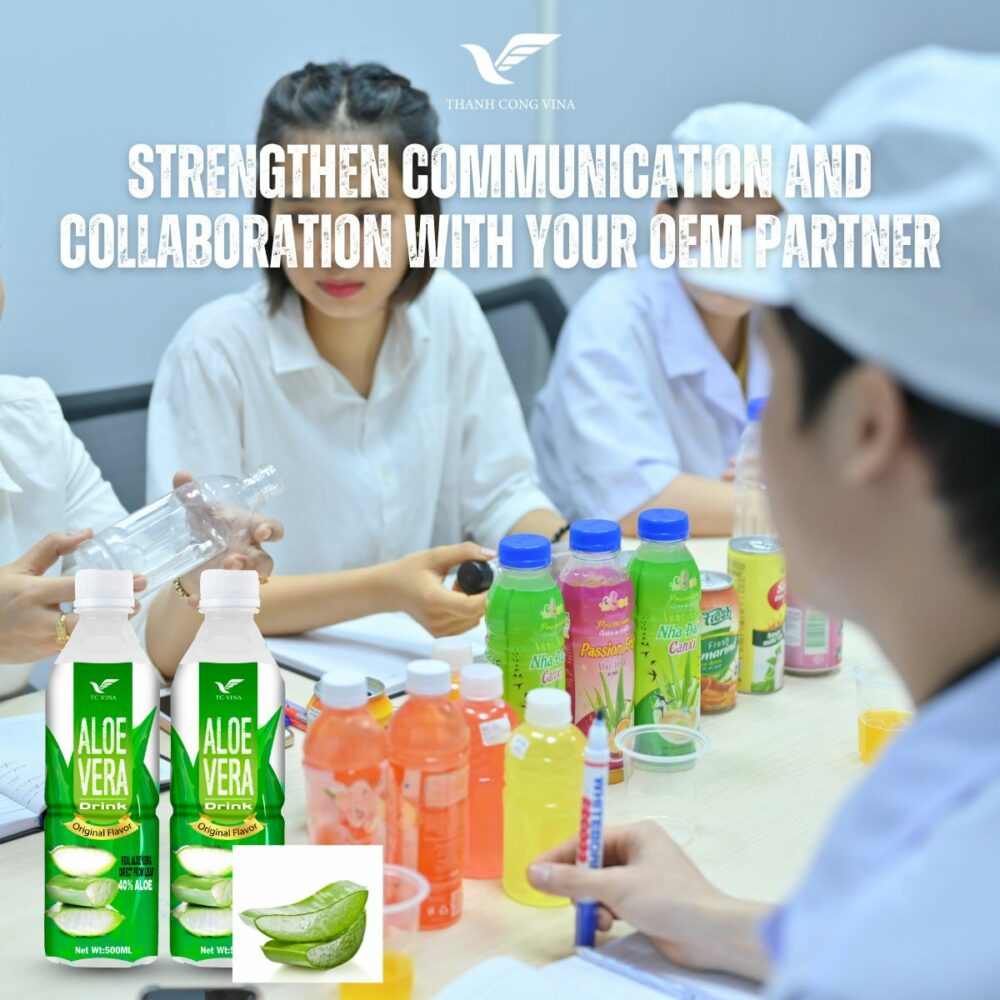
Strengthen Communication and Collaboration with Your OEM Partner
Quality control thrives on effective communication. Many quality-related problems in beverage production arise from miscommunication between brands and manufacturers. To avoid such issues, establish clear and open communication channels with your OEM Beverage Manufacturer at every stage of the project — from product development to delivery.
Regular meetings, both online and on-site, help align objectives and clarify expectations. Your team should discuss key production parameters, review batch reports, and address feedback promptly. Encouraging transparency allows the manufacturer to raise potential issues early, minimizing the risk of defective or non-compliant batches.
It’s also wise to appoint a dedicated Quality Liaison or Project Manager who oversees all communication with the manufacturer. This person ensures that all updates, technical adjustments, and corrective actions are properly documented and shared with relevant teams.
In addition, collaboration tools such as shared dashboards, cloud-based document management, or video reports can further streamline communication. When both sides operate with mutual respect and professionalism, the result is a stronger partnership that consistently delivers high-quality beverages under your brand name.
6. Manage Ingredient Sourcing and Supply Chain Transparency
The quality of your final product depends heavily on the quality of raw materials. To ensure your beverages meet desired standards, it’s crucial to work closely with your OEM Beverage Manufacturer to verify ingredient sourcing and traceability. Poor-quality raw materials can compromise flavor, safety, and shelf life — leading to product recalls and brand damage.
Start by requesting detailed information about suppliers of key ingredients such as fruit concentrates, sweeteners, and flavorings. Your manufacturer should maintain supplier qualification records and conduct regular inspections to verify compliance with food safety regulations. Ideally, all raw materials should come from certified sources (e.g., ISO, HACCP, or FDA-approved suppliers).
Implementing blockchain or digital traceability systems can provide end-to-end visibility of the supply chain. This technology records every step — from farm to factory — ensuring authenticity and helping detect potential contamination sources quickly.
Finally, establish clear criteria for raw material acceptance. Conduct incoming inspections and random testing to ensure conformity with defined specifications. By taking a proactive role in supply chain management, you strengthen your overall quality control framework and ensure your beverages consistently meet consumer expectations.
7. Monitor Packaging, Storage, and Logistics Quality
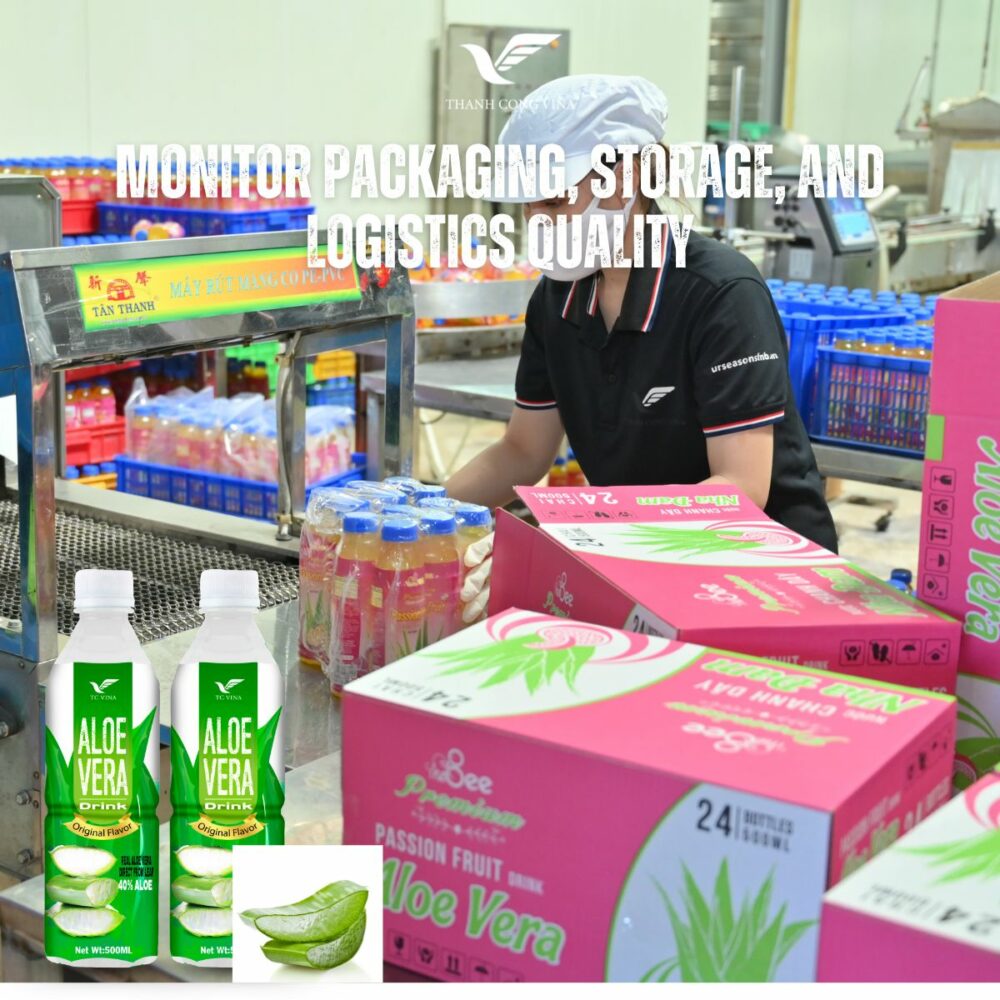
Monitor Packaging, Storage, and Logistics Quality
Even when the product formulation is perfect, quality can still be compromised during packaging, storage, or transportation. Working with your OEM Beverage Manufacturer, you should implement strict quality standards for packaging materials such as bottles, caps, and labels. Every material should be tested for durability, leakage resistance, and food safety compliance.
Packaging is not just about appearance — it protects the beverage from oxidation, light, and microbial contamination. Ensure that filling machines are sterilized regularly and that packaging occurs in a controlled, clean environment. Moreover, your manufacturer should follow standardized coding and labeling systems to guarantee accurate batch identification and traceability.
After production, the focus shifts to proper storage and logistics. Warehouses should maintain consistent temperature and humidity levels to prevent product degradation. During shipping, products must be handled with care to avoid physical damage or exposure to heat.
Collaborate with your OEM partner to establish a distribution checklist and logistics protocol that ensures every product arrives at its destination in perfect condition. Continuous monitoring of packaging and storage helps preserve product integrity and reinforces your commitment to quality across the entire supply chain.
8. Use Continuous Improvement and Feedback Systems
Quality control is not a one-time task — it’s a continuous journey. Establishing a feedback-driven improvement system with your OEM Beverage Manufacturer ensures that your production process evolves with time and changing consumer expectations. After each production cycle, both teams should review performance metrics, discuss non-conformities, and propose corrective and preventive actions.
Collecting consumer feedback can also reveal hidden opportunities. For instance, if customers mention variations in sweetness or texture, you can collaborate with your OEM partner to refine formulations or adjust process parameters. Continuous learning allows both parties to optimize efficiency, reduce waste, and maintain superior quality levels.
Additionally, consider benchmarking your OEM manufacturer’s quality performance against industry standards or competitors. Metrics such as defect rates, turnaround time, and audit scores can help evaluate improvement areas objectively.
Encouraging your partner to adopt Lean Manufacturing or Six Sigma methodologies further promotes a culture of excellence. When improvement becomes part of your collaboration philosophy, it translates into consistent product quality, operational efficiency, and stronger market positioning.
Conclusion
Maintaining high quality in beverage production requires commitment, collaboration, and continuous innovation. By partnering strategically with a trusted OEM Beverage Manufacturer, brands can ensure that every stage — from ingredient sourcing to packaging — meets strict safety and performance standards. Applying the tips outlined above will help you establish transparent processes, build long-term trust, and deliver consistent excellence across your beverage line.
At Thanh Cong Vina IEP CO., LTD, quality is more than a requirement — it’s a promise. With advanced manufacturing systems, certified facilities, and a dedication to innovation, TCVina partners with global brands to create beverages that meet international standards of taste, safety, and reliability. Whether you’re developing a new product or expanding your export market, working with a professional OEM Beverage Manufacturer like Thanh Cong Vina ensures your brand is always represented with the highest level of quality and integrity.

